Bishop John Shelby Spong, as you blogees may remember, was with us for a most stimulating and engaging weekend in September. His lectures were based on his latest (and he says last!) book, Eternal Life: A New Vision (Harper, 2009). I have finally had a chance to read it fairly carefully. Written in his own accessible and readable style, it walks us through the evaporation of the worldview that has comforted Western believers for centuries. Drawing on his own story, he argues that the concepts of heaven and hell, the resurrection of the body, and immortality of the “soul” arose to extend our fundamental drive for survival beyond our death. Most of our images about “life after death” depend on a three-storey universe (heaven above, hell below) that has become simply incredible. As he says, “the heart … cannot finally worship what the mind rejects” (120).
Instead of this cosmology and traditional belief Spong turns to the story of life as the rise from primordial energy and mass to consciousness and self-consciousness. At the center of this self-consciousness is both an awareness of our mortality and the door into a God who connects all things in a universal consciousness. Our entry into living a fully human life of self-giving and love is the participation in eternity that tried to express itself in earlier mythological formulations. That’s the short form of his extensive exposition. I recommend you read the long version for more!
My reading leaves me with two reflections – one about narrative, the other about worship. Spong focuses on how our thinking about the world – that is, science – requires changing how we believe. However, as his very personal narrative throughout the book shows, it is our primary narratives that shape how we act, believe, trust, and worship in this world. It seems to me that in order to change our approach to death we also need to change the master narrative in which we live. By turning to a “universe story” Spong is lifting up the new master narrative, as Thomas Berry sought to do. But it seems to me this universe story, as the story of unfolding conscious love (do I see Chardin and Hegel in the background?), now needs to be worked out as a master narrative for both our personal and collective lives.
That leads me to the second point – that worship (which is more at the core of “religion” than belief) must be reconstructed to rehearse us in this master narrative. We may need to move beyond “religion” as a set of particular beliefs and institutional forms, but we can never bypass worship and ritual, for it springs from our human nature as storied beings with memory and hope. The question is What ritual form should this master narrative take so that it deals with the questions of death and eternity Spong has addressed? Elements of this are already lying around in various earth-based worship forms and elsewhere, but I think we are still far from developing this new cycle of faithful enactment to guide our lives. Perhaps this cannot be Spong’s last book.
In my own work right now I am trying to link together this ecological universe story with the work of reconciliation that is at the heart of this self-conscious love Spong is talking about. Specifically, what form should that take at the roundtable worship I am helping to lead and write about. Your thoughts, as always, are most appreciated!

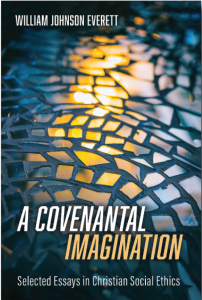
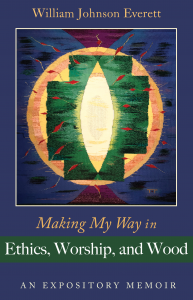
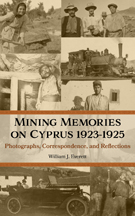
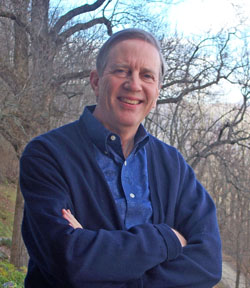
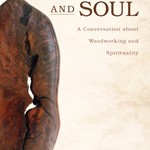
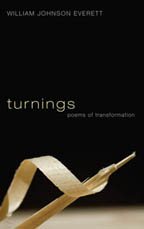
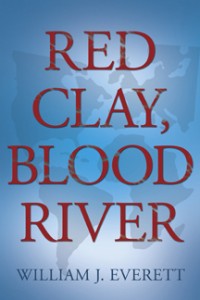 Red Clay, Blood River
Red Clay, Blood River